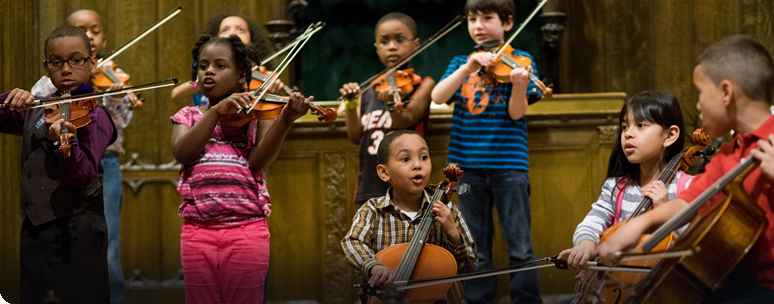I was recently asked to serve on an Advisory Committee to the Obama transition team group working on Civic Engagement and Social Innovation. On Thursday I attended a face-to-face meeting of that group in Washington D.C. and I want to share the following reflections.
The excitement started to build as I milled with others waiting to get through a serious security check to enter the building where the transition team is working. Alan Khazy (founder of City Year) and his wife Vanessa Kirsch (founder of Public Allies) were chatting with Dorothy Stoneman (Executive Director of YouthBuild), Jim Wallis (Director of Sojourners), and Geoffrey Canada (Founder and Director of the Harlem Children's Zone). About a dozen members of the committee spent the next several hours with the diverse and energetic young staff talking about how to make Martin Luther King Day an occasion for a yearlong commitment to civic action (not just a day of service) and the role of non profits in meeting human needs in hard times and the importance of supporting social innovations with proven results. The conversation brought home how much this is the best of times and the worst of times. There is so much energy around a shared vision of a more just America with more opportunities for all. There are so few resources, and so many people being adversely affected by the economy.
We all share the belief that one great hope for the nation is American's deep reservoir of civic energy, concern, and willingness to act that can be drawn upon to make a difference. Each of us can help to make the United States and the world better, even during tough times. We can do it in our daily lives by living green, by supporting our kids' learning, by being as generous as our resources allow, with time and/or money to help those who need us. We can do it through urging every group we belong to to think of others. Our CMW students model this for us when they turn the Youth Salon into a fundraiser for Darfur or Katrina victims. Our CMW parents model this when they rally around a family that has experienced a fire. CMW models this as an organization when we participate in the Providence Youth Arts Collaborative and work together to help sustain as many arts opportunities for our youth as we can, rather than competing for resources.
CMW is a great example of a social innovation with proven results. We can bring not only music but joy and possibility and leadership opportunities to young people in the worst of times, as well as in the best of times. I am deeply proud of what CMW has accomplished and I enter the new year inspired by the beautiful sounds of our student performers in their Performance Parties and our PSQ and the Fellows Quartet who blew us away with their performance on Saturday evening at the Bell Street Chapel.
Together, Yes We Can.
Liz Hollander, President, Board of Directors
